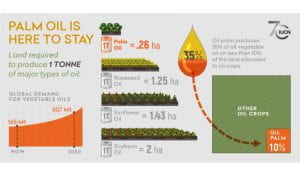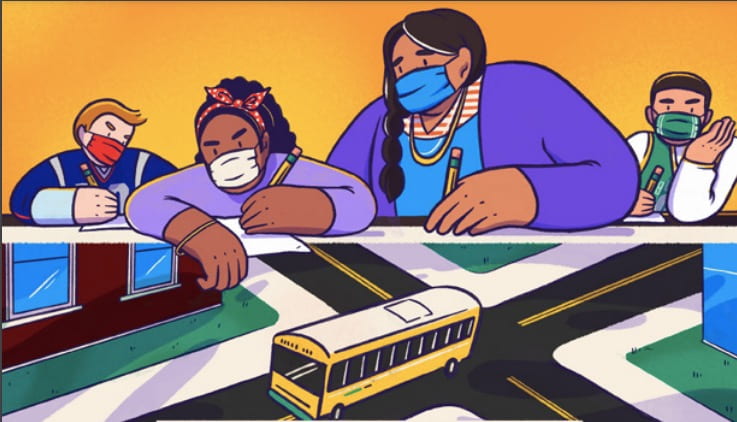Multispecies ethnography is a form of ethnography within the discipline of Anthropology. An ethnography is the narrative a researcher tells about a specific group or culture. Multispecies ethnography in particular focuses on both nonhuman and human participants within a group or culture, as opposed to just human participants in traditional ethnography.
A multispecies ethnography, in comparison to other forms of ethnography, studies species that are connected to people and our social lives. Species affect and are affected by culture, economics, and politics. [1]
There is no “standard” for multispecies ethnographies because ethnographic work is inherently a personal interpretation of the world that the ethnographer occupies. Truth is relative, so regardless of the ethnographic work, the ethnographer acknowledges their positionality — how their identity and lived experience shapes their interpretation.
Existing multispecies ethnographies have focused on animals, plants, fungi, and microbes. One example of such an approach is, Anna Tsing’s The Mushroom at the End of the World. Her book focuses on the prized matsutake mushroom that is foraged by people.
Background
The scholar Giorgio Agamben in Homo Sacer speaks about how anthropology has historically regarded nonhuman species as zoe, or “bare life” that is killable. Nonhuman species have been regarded in contrast to people, who have political power, as bios or “political life.” [4] Multispecies ethnography acknowledges that nonhuman species have the potential of holding political power because of the ways that they shape human worlds, so they can be regarded as bios in this framework.1
Multispecies ethnography pushes back against the notions of early Victorian Anthropology and early taxonomy that creates hierarchy not just between species, but between people. This idea of hierarchy between different beings still persists today, as many people consider humans as distinct from other animals or species. These hierarchies are problematic within a multispecies ethnographic context, however, because they do not acknowledge that other species are as important as humans.
The multispecies approach recognizes that there are agents aside from people, which means nonhuman species have the capability to act although they may or may not do so. The different species that ethnographers work with all have agency, which is the capacity to act. Multispecies ethnography acknowledges that more than people affect the worlds that we live in.
Implications
The purpose of multispecies ethnography is to expand people’s understanding of the world around us. It accomplishes this by explaining how different species interact and form different, complex relationships with(in) human cultures.
Ethnographers with a multispecies focus help dismantle or interrogate Euro-American epistemologies, or ways of knowing. Compared to disciplines like biology that also deal with nonhuman species, multispecies ethnography seeks to understand the stories involving these nonhuman species.
Authors of the discipline
Anna Tsing – Wikipedia (The Mushroom at the End of the World)
Radhika Govindrajan – Wikipedia (Animal Intimacies)
Donna Haraway – Wikipedia (The Companion Species Manifesto)
Elan Abrell (Saving Animals: Practices of Care and Rescue in the US Animal Sanctuary Movement)
Heather Paxson – Wikipedia (The Life of Cheese)
Alex Blanchette (Porkopolis)
Sienna Craig (Horses Like Lightning)
Organizations
The Creatures Collective, founded in 2016, is an organization of scholar-activists whose work overlaps with the discipline of multispecies ethnography. The group is concerned with earth violence, commonly referred to as extinction, as a result of colonialism. Their work relates to multispecies ethnography as some members tell narratives about themselves as people being connected to the nonhuman species around them [5,6].
Footnotes:
- https://anthropology.mit.edu/sites/default/files/documents/helmreich_multispecies_ethnography.pdf
- Human uses of living things – Wikipedia
- Ethnography – Wikipedia
- Homo Sacer- Giorgio Agamben
- https://doi.org/10.1177/2514848620938316
- Environmental Synthesis & Communication | Manifesting another Methodology (wellesley.edu)
Link to Wikipedia Article forthcoming.















